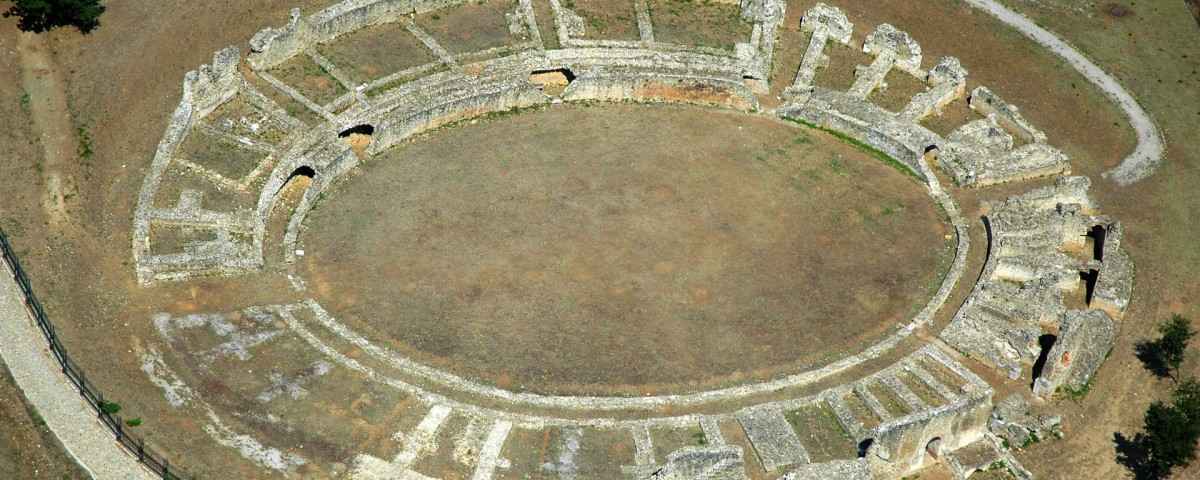

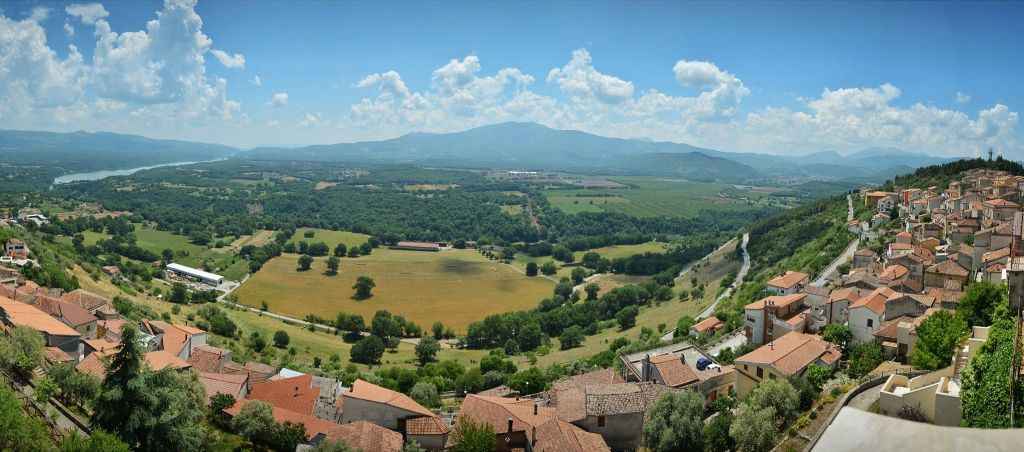


Grumentum was an ancient Roman city of Lucania. Currently the excavations of the archaeological park remain, located at the foot of the hill that houses the village of Grumento Nova (PZ), in the immediate vicinity of the lake of Pietra del Pertusillo, in the locality of "Spineta".
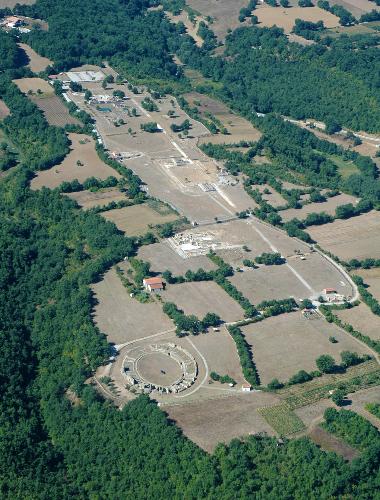 The first housing settlements in the area can be traced back to the 6th century BC, however the foundation of the city itself dates back to the 3rd century BC. by the Romans, in the context of the creation of a series of strategically fortified outposts built during the Samnite wars: the city was built almost simultaneously with Venusia (291 BC) and Paestum (273 BC).
The first housing settlements in the area can be traced back to the 6th century BC, however the foundation of the city itself dates back to the 3rd century BC. by the Romans, in the context of the creation of a series of strategically fortified outposts built during the Samnite wars: the city was built almost simultaneously with Venusia (291 BC) and Paestum (273 BC).
Via Herculea passed between Grumentum, between Venusia and Heraclea, and another road led to via Popilia on the Tyrrhenian side, making the city a strategically important communication node. During the Second Punic War, two battles took place between the Romans and the Carthaginians (215 and 207 BC). The historian Tito Livio tells of the first clash between Annone (brother of Annibale) and the Roman army led by Tiberio Sempronio Longo, and how in the second Annibale he camped near the city walls and was therefore defeated and forced to flee by the Romans, coming from Venosa and led by Gaius Claudio Nerone. During the social war the city sided with the Romans and was destroyed and sacked by the Italics, going through a period of crisis and demographic decline. Starting from the second half of the first century BC the city was rebuilt, and a series of public monuments were built in the Caesarian and Augustan periods. The attribution of the status of colony probably dates back to this period, or to the subsequent Julio-Claudian period.
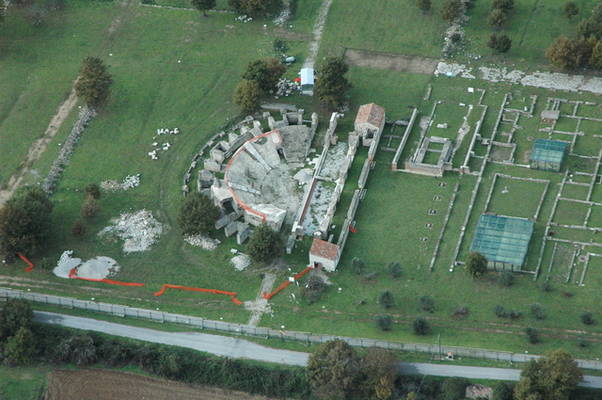 In 312 AD the young Cristiano S.Lavier was beheaded outside the walls of grumentum at the confluence of the Agri and Sciaura rivers, it was on November 17th under the prefect Agrippa thanks to S.Lavier Martyr Grumentum in 370 became episcopal see, but immediately afterwards began a progressive abandonment of the city and valley floor, due to the continuous Saracen raids (9th and 10th centuries). The inhabitants of Grumentum spread throughout the Val d'Agri founding new fortified centers on the surrounding hills, which became the current towns of the area: among these Saponara, later renamed Grumento Nova just in honor of Grumentum, founded in 954 on the hill above 'ancient city.
In 312 AD the young Cristiano S.Lavier was beheaded outside the walls of grumentum at the confluence of the Agri and Sciaura rivers, it was on November 17th under the prefect Agrippa thanks to S.Lavier Martyr Grumentum in 370 became episcopal see, but immediately afterwards began a progressive abandonment of the city and valley floor, due to the continuous Saracen raids (9th and 10th centuries). The inhabitants of Grumentum spread throughout the Val d'Agri founding new fortified centers on the surrounding hills, which became the current towns of the area: among these Saponara, later renamed Grumento Nova just in honor of Grumentum, founded in 954 on the hill above 'ancient city.
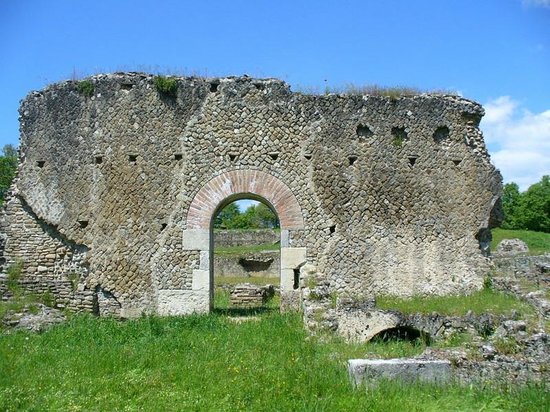
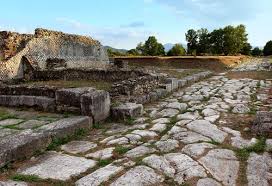
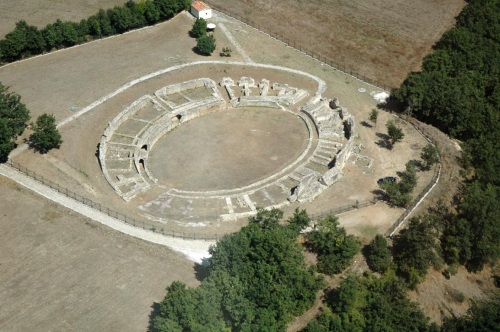
The archaeological area of Grumentum is part of an exceptionally suggestive landscape in which the public and private spaces of the Roman city, founded in the third century BC, are divided: the theater, the Italic temple and the domus with mosaics; the area of the Forum with the Capitolium, the Augusteo and the Basilica; the amphitheater. The urban layout of the city, dating back to the foundation of the third century BC. it is elongated in shape, depending on the orographic conditions of the hill, and is divided into three main parallel streets, intersected at right angles by secondary streets. The city was surrounded by walls with six gates, on a perimeter of about 3 km and occupied an area of about 25 hectares, of which only a tenth has been brought to light.
The most relevant remains are currently divided into three monumental areas:
-Augustean theater, near which are the remains of two small temples of the imperial era and those of a rich domus, called "House of mosaics" due to the presence of mosaic floors from the 4th century in some rooms;
-Forum closed by arcades and with the remains of two temples on the south and north sides, hypothetically identified with the capitolium (main city temple) and with a Cesareum (temple dedicated to the imperial cult). On the west side are the remains of a basilica and perhaps a curia (meeting place of the city council). Near the forum there are also the remains of a thermal building.
-Amphitheater built on the slopes of the hill in the 1st century BC and modified in the imperial era.
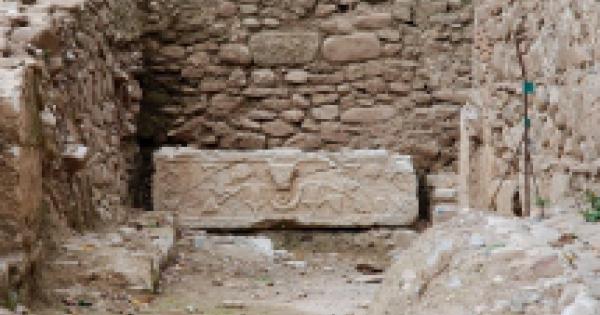 Monumental tombs, an early Christian basilica and an aqueduct have also been found outside the walls. Many of the finds and testimonies found here are kept in the National Museum of Alta Val d'Agri (built in the Grumento Nova area near the archaeological area), as well as numerous finds found in the surrounding areas and in neighboring municipalities such as the famous finding of the Sarcophagus of S.Lavier Martyr, now kept in the archaeological museum of the town.
Monumental tombs, an early Christian basilica and an aqueduct have also been found outside the walls. Many of the finds and testimonies found here are kept in the National Museum of Alta Val d'Agri (built in the Grumento Nova area near the archaeological area), as well as numerous finds found in the surrounding areas and in neighboring municipalities such as the famous finding of the Sarcophagus of S.Lavier Martyr, now kept in the archaeological museum of the town.
